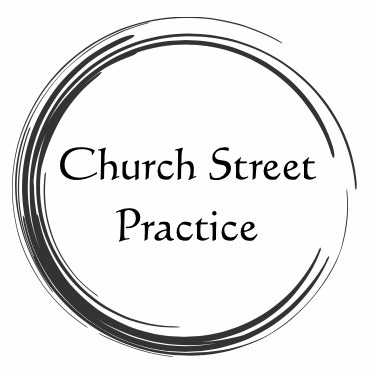Unlocking the Healing Power of Osteopathy - What is Osteopathy?
Introduction
In the realm of complementary and natural medicine, osteopathy stands out as a holistic approach to healthcare that focuses on the interconnectedness of the body's systems. Originating in the late 19th century, osteopathy has evolved into a respected field of healthcare that emphasises the body's innate ability to heal itself. Read on for more information about the principles, practices, and benefits of osteopathy.
What Is Osteopathy?
Osteopathy is a form of manual medicine that takes a holistic approach to health and wellness. It was founded by Dr. Andrew Taylor Still in the United States in the late 1800s. The central premise of osteopathy is that the body is a self-regulating and self-healing organism, and that when it's in proper alignment, it functions at its best.
Principles of Osteopathy
Structure and Function Are Interrelated: Osteopathy is based on the belief that the structure of the body directly influences its function. When the structure (bones, ligaments, tendons, muscles and fascia) of the body is free of tension and in good alignment, it moves well and all systems function as they should and with less effort.
The Body Has Inherent Healing Abilities: Osteopaths believe that the body has the innate ability to heal itself. Osteopathic treatment aims to facilitate and support this natural healing process.
Blood circulation and the efficient movement of all fluid within the body is vital to good overall health. Without good blood supply and drainage, tissue quality will be adversely affected and therefore the body will not respond so well to manipulation.
The Role of Manipulation: Osteopaths use hands-on techniques, such as osteopathic manipulative treatment to diagnose and treat various conditions. This manipulation involves gentle stretching, pressure, and resistance to improve mobility and alleviate pain. Cranial techniques are an essential part of this treatment..
Conditions Treated with Osteopathy
Osteopathy can be used to address a wide range of health concerns, including:
Musculoskeletal issues (e.g., back pain, neck pain, joint pain)
Headaches and migraine management
Asthma and respiratory conditions
Digestive problems
Menstrual pain and irregularities
Pregnancy-related discomfort
Postural issues
Stress and tension-related conditions
Unsettled babies
Benefits of Osteopathy
Pain Relief: Osteopathy can provide effective relief from musculoskeletal pain and discomfort, often without the need for medication or surgery.
Improved Mobility: osteopathic manipulation can enhance joint mobility and muscle function, making it beneficial for athletes and individuals with limited range of motion.
Holistic Approach: Osteopathy considers the whole person, not just isolated symptoms or conditions. It aims to address the root causes of health issues.
Reduced Need for Medications: Osteopathic treatment may reduce the need for pain relief and other medications by addressing the underlying causes of pain and discomfort.
Enhanced Well-being: Many individuals report an overall sense of well-being and relaxation after osteopathic treatment.
Conclusion
Osteopathy offers a holistic and patient-centred approach to healthcare that emphasises the body's natural ability to heal itself. Over the past 2 decades, It has increasingly gained recognition and acceptance in the medical community and is often used in conjunction with conventional medical treatments. Osteopaths are primary care practitioners and are trained to be able to recognise signs and symptoms which might require further investigation; therefore, they sometimes refer back to the GP if the need arises.
